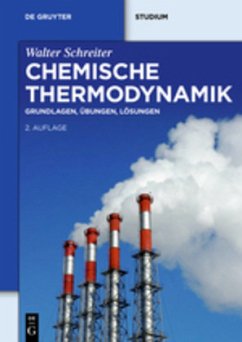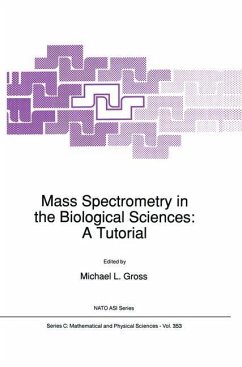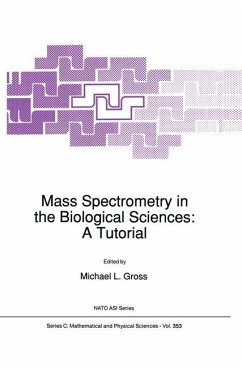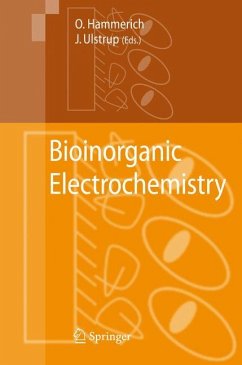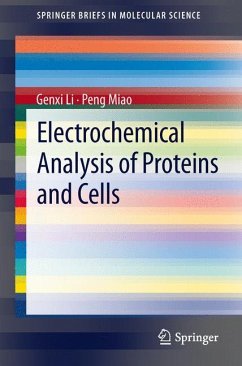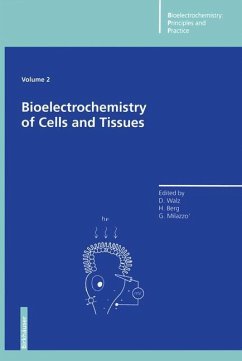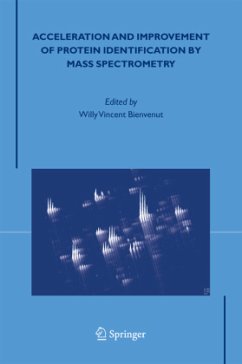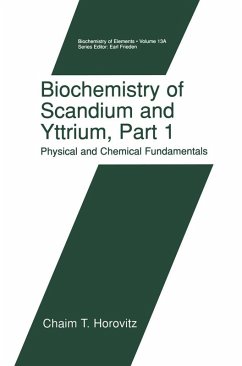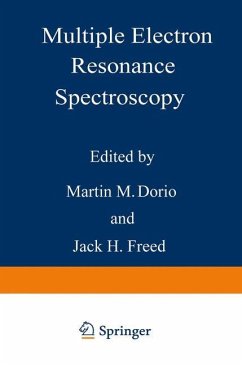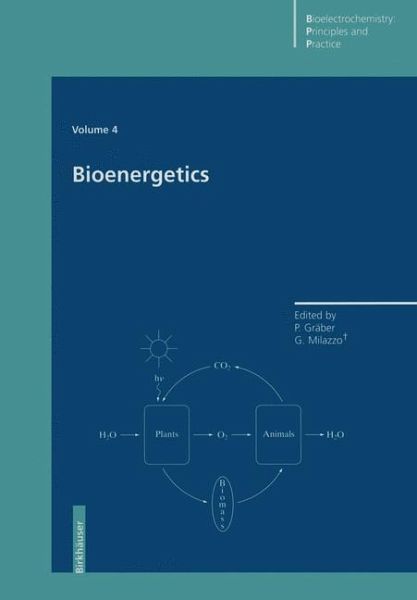
Bioenergetics

PAYBACK Punkte
39 °P sammeln!
Bioenergetics, the topic of volume 5 of this Series, is concerned with the energetics, the kinetics, and the mechanisms of energy conversion in biological systems. This phenomenon can be investigated on diffe rent levels of complexity. On a global level the role of biological pro cesses for the steady state of our enviroment is considered. At the physiological level, the relation between energy input and the physiolo gical state of an organism is of interest, while at the cellular level the biochemical pathways for degradation and synthesis of all relevant substrates is investigated. At presen...
Bioenergetics, the topic of volume 5 of this Series, is concerned with the energetics, the kinetics, and the mechanisms of energy conversion in biological systems. This phenomenon can be investigated on diffe rent levels of complexity. On a global level the role of biological pro cesses for the steady state of our enviroment is considered. At the physiological level, the relation between energy input and the physiolo gical state of an organism is of interest, while at the cellular level the biochemical pathways for degradation and synthesis of all relevant substrates is investigated. At present the majority of bioenergetic stu dies pertain to the molecular level. The processes in a cell are cataly zed by a large number of proteins called enzymes. The enzymes in volved in energy transduction can be considered as molecular ma chines which transform energy from one form into another, or transfer energy from one process to another. Living systems operate far from equilibrium and are open in the ther modynamic sense, i. e. they exchange energy and matter with the sur roundings. Chapter 1 presents the principles of non equilibrium thermo dynamics applied to biological systems. About 0. 05% of the energy from the sunlight which reaches the surface of the earth is used by plants and algae as well as some bacteria to synthesize organic com pounds, and thus supplies all organisms with the energy necessary for life.





